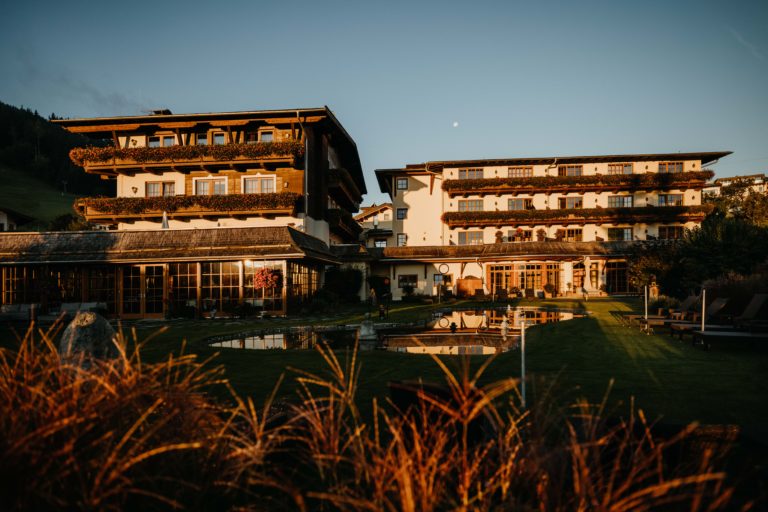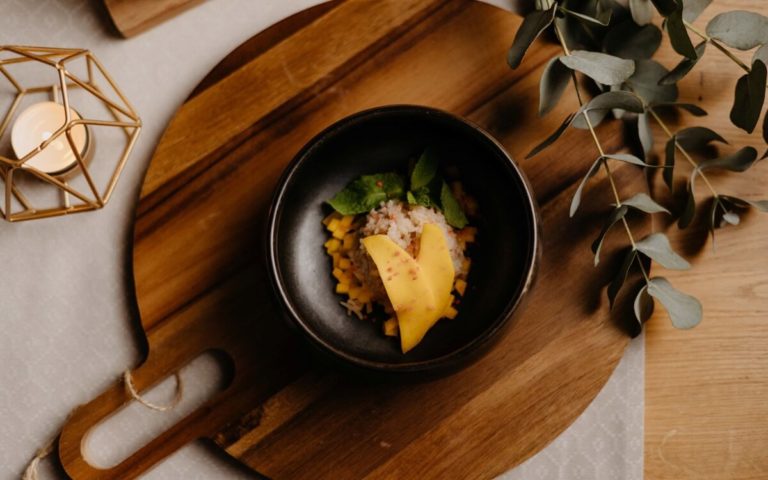When the energies in our own home can flow undisturbed, we live in peace and balance. Vastu Shastra, the Indian theory of architecture, makes use of this principle. If you plan your home according to its special principles, you will find more balance and inner peace. Here we reveal how Vastu Shastra works and how you can make your home more harmonious.
The most important facts in brief: What is Vastu Shastra?
Vastu Shastra is an Indian architectural doctrine. The term is made up of the Sanskrit words for dwelling (vastu) and teaching (shastra). It therefore literally means: the doctrine of proper living.
It is not just a matter of aligning the home and furnishings correctly, but of bringing them into harmony with the energy currents.
Vastu was already mentioned in the Vedic scriptures and is several thousand years old. The teaching is often seen as the Indian equivalent of Chinese Feng Shui and is also popular in Ayurveda.
How does Vastu work?
Vastu states that all life on earth is influenced by energies that can be both positive and negative. Various factors, such as the five elements, the cardinal points, the planets, the sun and the moon, have an effect on us and bring balance or disharmony.
In the Vedic scriptures, there is the legend of the spirit of dwelling, the so-called Vastu Purusha. This figure threatened to devour the earth and was banished to an energy field as punishment.
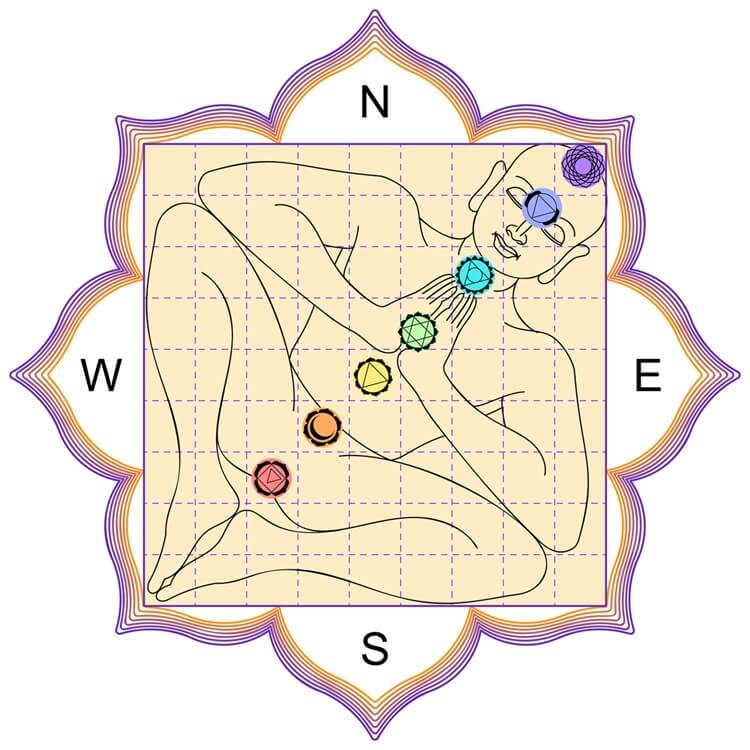

This rectangular energy field, with the head of the Vastu Purusha in the north-east and his feet in the south-west, is used in the Vastu Shastra to align the furnishings and architecture.
The head in the north-east stands for spiritual energies, while the feet in the south-west stand for stability and steadfastness. You can also make use of these characteristics and energies of the universe when planning and furnishing your home.
A peaceful life therefore means living in harmony with the cosmic forces and ensuring that the energies in the house can harmonize well. Houses and properties should be aligned in such a way that the energy flows can always flow well.
Only then can the people living there live in harmony and balance. The land and building structures are particularly important for this. If a house is planned according to these special principles, it should bring prosperity, health, happiness and peace.
There are even numerous buildings around the world built according to Vastu rules, the most famous of which is probably the Taj Mahal!


Architecture and energies: The most important Vastu rules
But how does the Indian theory of architecture work? Well, Vastu takes various factors into account in order to optimally align a house or a room, namely:
- The five elements
- The eight cardinal points
- The course of the sun and moon
- The influence of the nine planets
- Geological and climatic influences
- The Earth's magnetic field
- The energy grids of the earth
- The influence of non-material entities
According to Vastu Shastra, the sun emits mainly stimulating energy until midday, which mainly affects the north-east, east and south-east. From midday, however, the sun has a calming effect and then hits the southwest, west and northwest.
Each cardinal point is also associated with a specific element. All these influences can have both positive and negative effects.
Vastu Shastra means using the positive influences and inhibiting the negative ones. If all these principles are taken into account in the architecture, the energies can flow freely and the finished house is in harmony with the cosmos.
Set up with Vastu: 4 simple tips
If you already live in a house that is not ideally designed from an architectural point of view, you usually have little opportunity to make many changes.
That's why we're giving you 4 tips here to support the energies in your home a little and make your living situation more harmonious:
- Heavy furniture should be placed mainly in the south and southwest of a room.
- The center of the room should never be cluttered, but should remain as free as possible so that the energy in the room can flow undisturbed.
- Valuables, money or bank statements are best kept in the north of the home, as this direction is a symbol of wealth and prosperity. South, northwest or northeast, on the other hand, are taboo.
- A desk should preferably be positioned so that you are sitting at it facing east. This is the best way to support concentration.
If you align your home with Vastu Shastra, you can bring more harmony and peace into your own four walls. But even if nothing more can be done about the architecture, a lot can be achieved with a few simple measures.
The right sleeping position or changing the positioning of furniture often helps. Try it out and make sure that the energy in your home can flow undisturbed again and that you feel more energy in your everyday life!
Vastu decoration: choosing colors and shapes
Shapes and colors colors can also be used in Vastu. Round shapes are said to bring peace and harmony, while square or rectangular shapes bring good luck.
When it comes to colors, cool tones such as blue, green or white are considered calming, while warm tones such as red, yellow and orange have an invigorating effect. The different colors are also assigned to cardinal points.
Light colors are best suited for north and east-facing rooms, dark colors for the south and west. We will tell you more about this below when planning a house according to Vastu Shastra.
Tip:
You can easily use your smartphone to determine the cardinal points in your home. Most smartphones have a compass app installed that you can use to determine the individual position of your home.
Vastu in the bedroom
The bedroom is the place in the home that is supposed to bring us rest and well-being. If you have problems sleeping, it may be that the bedroom is in the wrong place and the energy cannot flow properly. What can help against constant tiredness? Perhaps the right furnishings!
Ideally, the bedroom should be located in the south-west of the home. The heavy energies there ensure a particularly deep, restful sleep.


The bedroom furnishings
The south-west is also the best place to position the bed. Under no circumstances should it be placed in the middle of the room, as otherwise the flow of valuable energies will be inhibited.
Other life forms such as plants or fish also tend to be a nuisance in the bedroom. This means that aquariums are better relocated to another room, preferably the north-eastern part of the living room, because that is where they are supposed to bring wealth and success.
You should ban electrical appliances from the bedroom as they also interfere with positive vibrations. If there is no other option, then the devices should at least be as far away from the bed as possible.
Incidentally, green and blue tones are beneficial colors for a restful night's sleep. Brown or gray also have a soothing effect. Red, provided it is not too bright, on the other hand, creates more passion.
The right Vastu sleep direction: Which way to sleep?
Our sleeping direction is particularly important for our well-being. Especially if the bedroom is in an unfavorable position, this can be balanced out a little with the right sleeping direction. According to architectural theory, this has a significant influence on how energy can flow favorably.
The ideal sleeping direction is therefore with the head facing south. This brings balance and wealth. However, if the head is facing west, this is also advantageous and can bring prestige and fulfillment.
A sleeping position in which the head is facing east, on the other hand, stands for spiritual progress and mental balance. Only a head position facing north is very unfavorable. This can give rise to heavy thoughts and dreams, which can lead to sleep problems.


Discover the European Ayurveda® Sleep Well Home Treatment now
Transform your sleep in just three weeks! This intensive Ayurveda program for at home can sustainably improve your sleep so that you can start the new day with full energy. Now with our European Ayurveda® Home App: The complete program for better sleep!
Vastu in the living room
The living room is a place for get-togethers and socializing. It's where people like to spend time with family or guests. So hang lots of happy family pictures in the living room to strengthen relationships with individual family members.
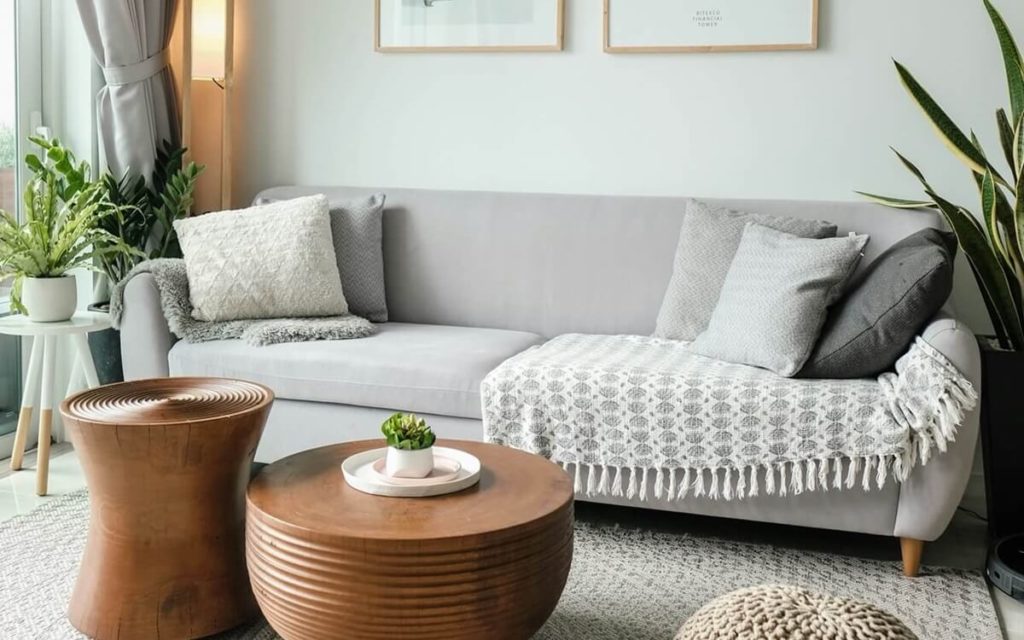

Photos or paintings depicting violence, tears or negativity are taboo. However, you can hang paintings or photos of a sunrise in the east in particular. The TV should ideally be placed in the south-east of the living room.
Planning the ideal house according to Vastu: colors and floor plan
But what does such a house look like? According to Indian principles, the ideal building site is on a slope that rises to the west and south and falls away slightly to the northeast. Ideally , the floor plan of a Vastu house should be square or rectangular.
Positive energy flows come from the north-east through the morning sun. They have a cleansing and beneficial effect and should therefore definitely find their way into the house. It is therefore a good idea to place doors, windows, verandas and balconies in the north and east of the house wherever possible in order to promote a positive mindset overall.
However, there must be no obstacles in this direction so that the positive energy can really enter the house. In the south and west, on the other hand, it is good to plant trees. They not only provide a good climate, but also protect against negative vibrations.
According to Vastu, there is a certain arrangement in terms of room layout that utilizes particularly positive flows and thus brings balance to your home. In concrete terms, a Vastu floor plan looks like this:
Northwest
- Element: Air
- Starching color: dark green
- Ideal for movement and exchange, for guest rooms, offices, waiting rooms, toilets, storage of light goods
North
- Element: air, water
- Starching color: white
- The quality here is invigorating, perfect for the study, bedroom, balcony, terrace, safe
Northeast
- Element: water, ether
- Strengthening color: violet
- The purifying energy gate, ideal as a meditation and study room, conference room, entrance, bathroom
West
- Element: Earth, Water
- Strengthening color: Indigo
- Brings harmony, suitable for children's rooms, dining rooms, bedrooms
Center
- Element: Ether
- Strengthening color: Rainbow
- The resting pole should be as open as possible, for example as an inner courtyard, atrium or atrium, possibly also as a living room
East
- Element: fire, ether
- Strengthening color: yellow
- Opening, good as entrance or foyer, also for balcony, dining room or meditation room
Southwest
- Element: Earth
- Starching color: blue
- Heavy, used energy, good as a master bedroom, storage room or office
South
- Element: Fire
- Starching color: black
- Hot, heavy energy, good for bedrooms, living rooms and storage of heavy goods
Southeast
- Element: Fire
- Starching color: orange
- Brings joie de vivre and enjoyment, perfect for kitchen, heating, fireplace or electrical appliances
Vastu and feng shui: the differences
The Indian teaching is often associated with feng shui. Although Vastu is actually much older, there are actually many similarities.
In both Indian Vastu and Chinese Feng Shui, energy flows play a role in interior design. In addition, both teachings refer to the five elements, even if they are each defined slightly differently.
Nevertheless, the two teachings differ in their principles. Vastu tends to focus on architecture, while feng shui usually concentrates on interior design and creates balance through the placement of certain objects.
In concrete terms, this means that although there are many similarities between the two principles, there are also some differences. Therefore , the two teachings should not be equated.
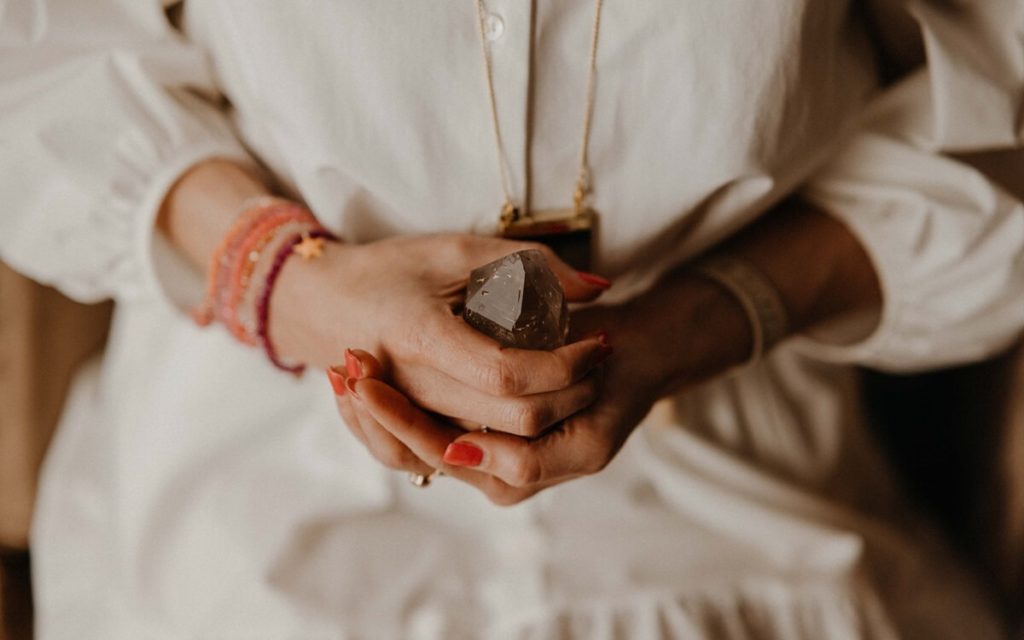

Portal days - using the energy of the universe
Do you know this? One day you wake up full of energy and in a good mood and the next you're suddenly completely flat and out of sorts. One of the reasons for this is the cosmic energies - which swirl our doshas around, especially on portal days .

